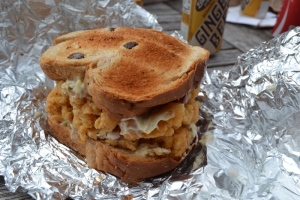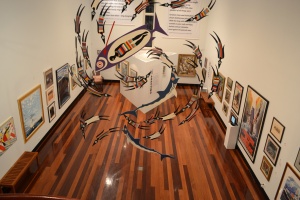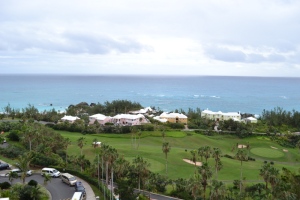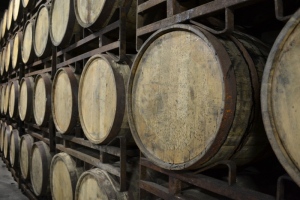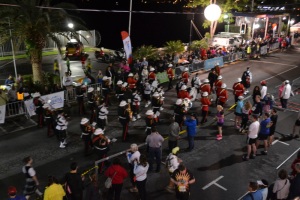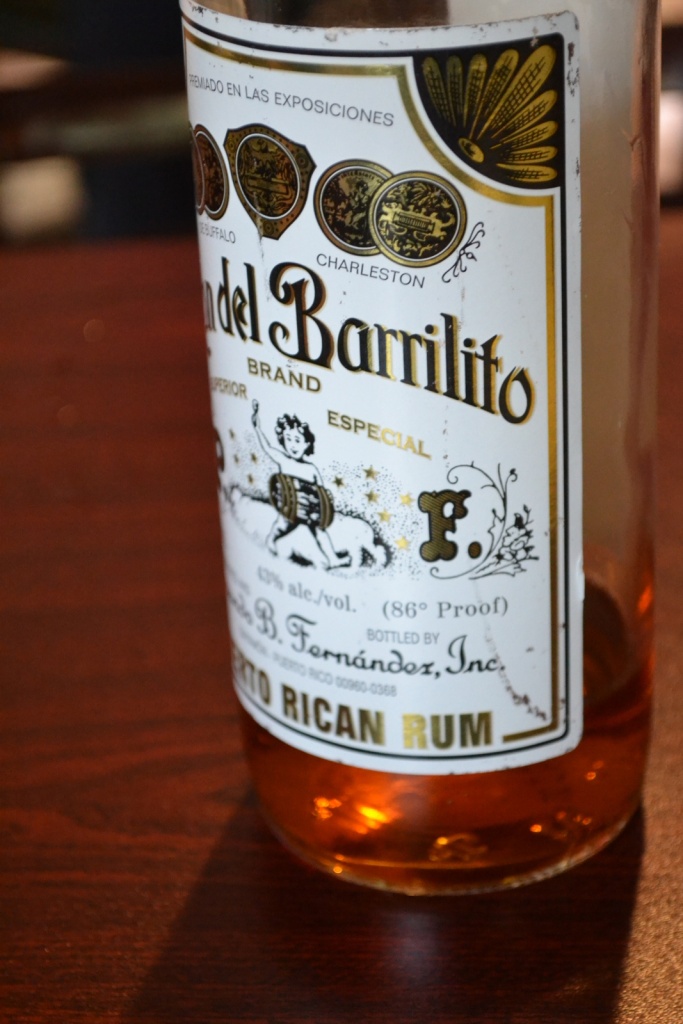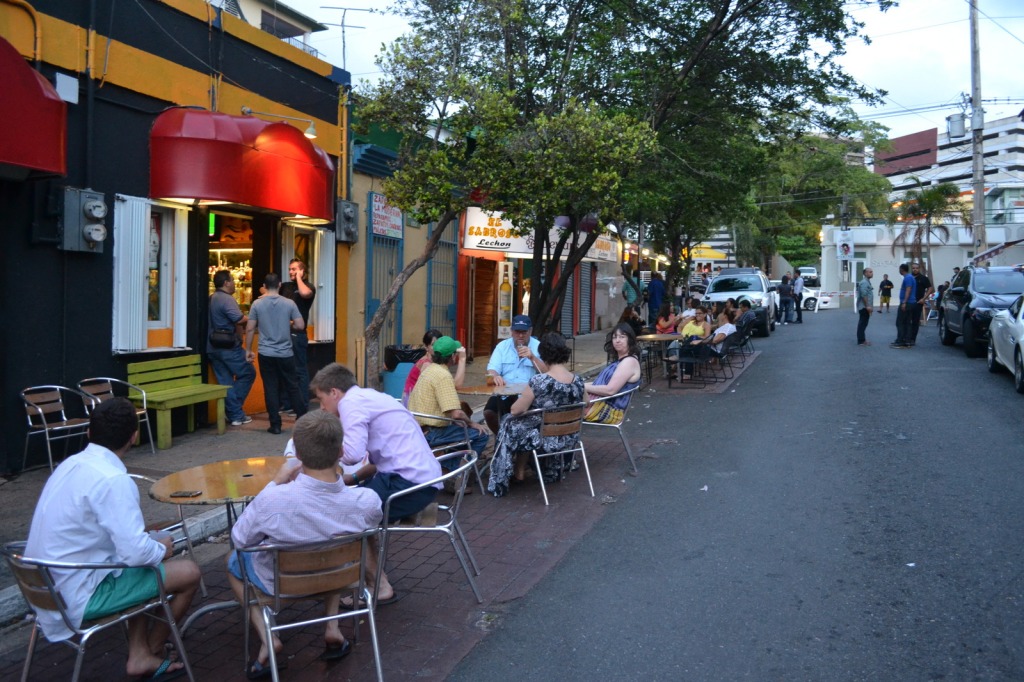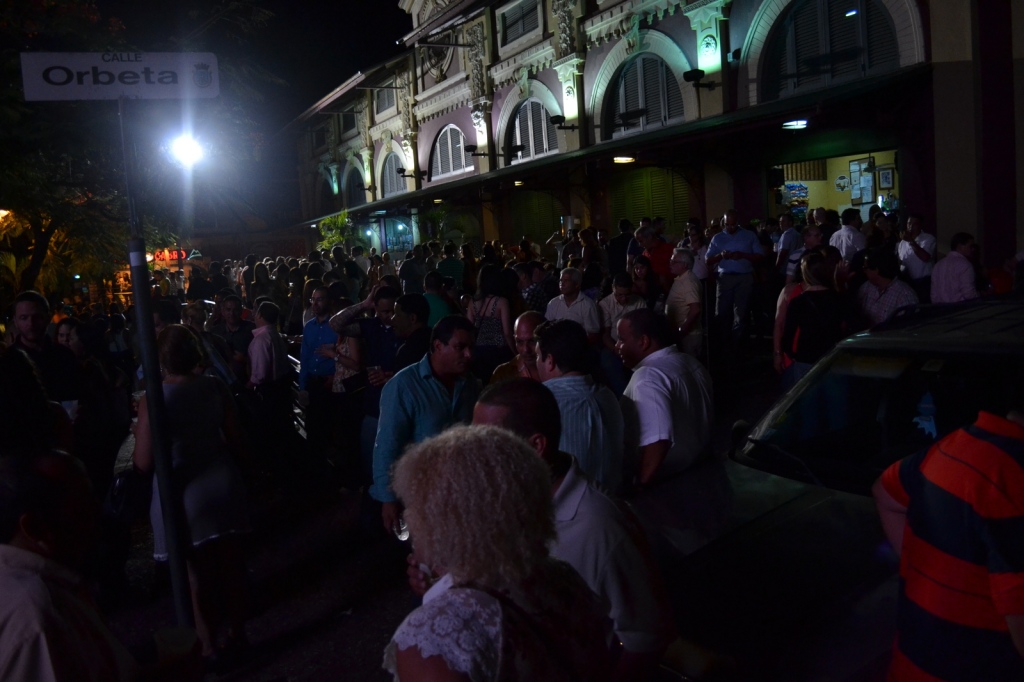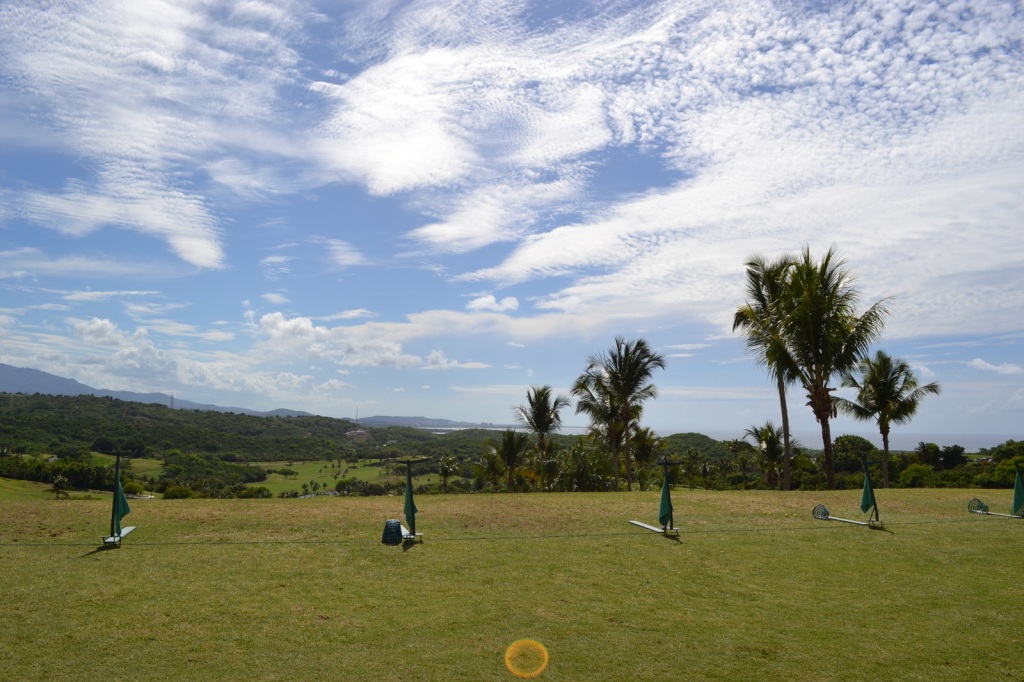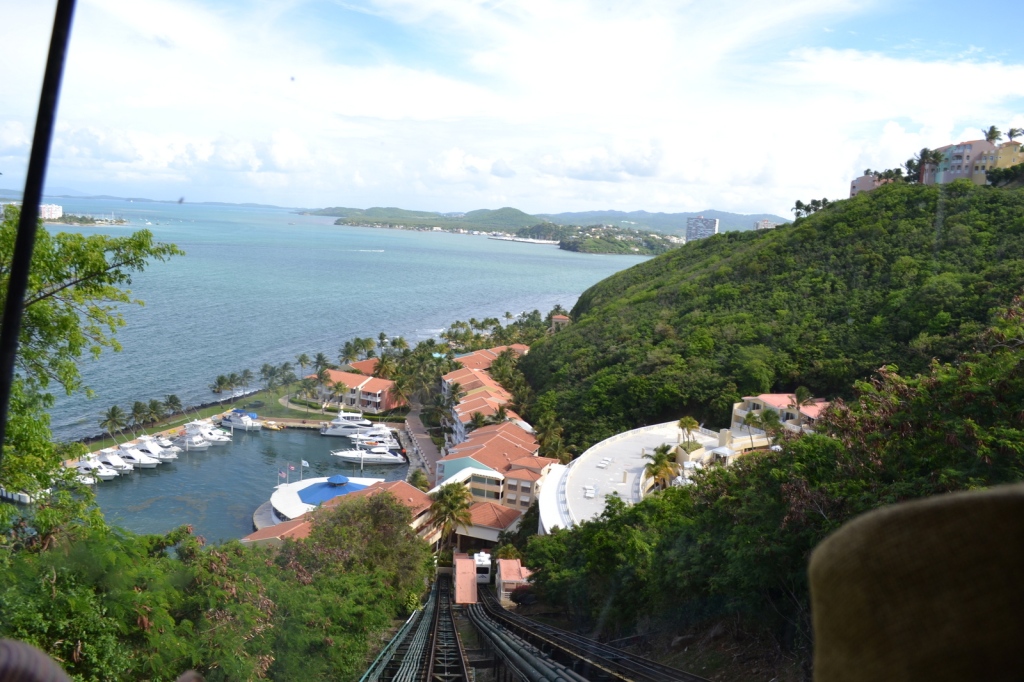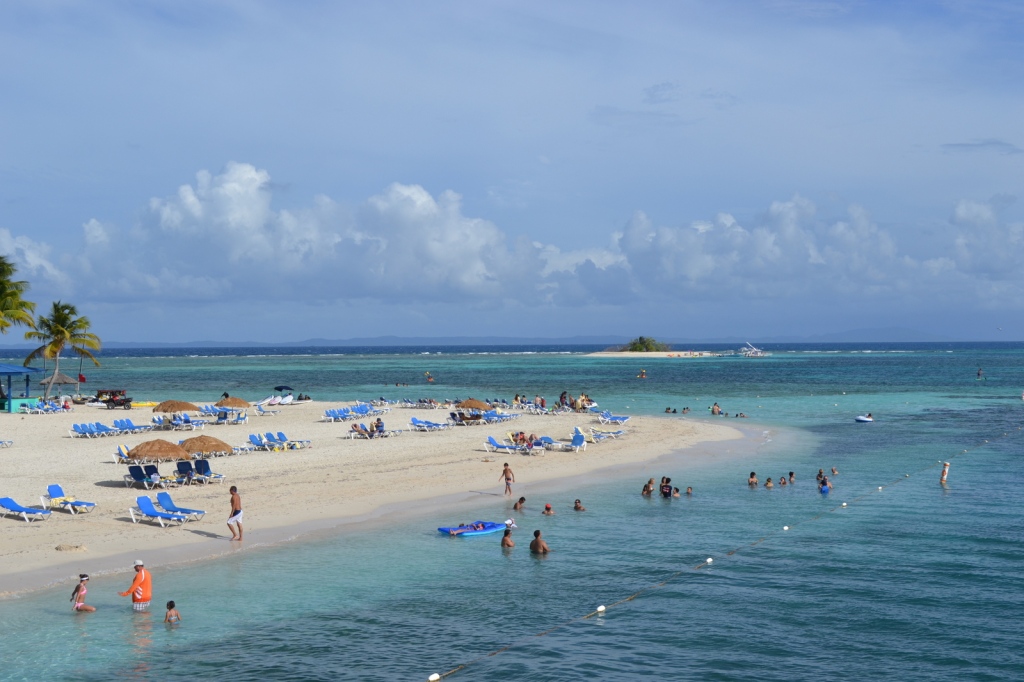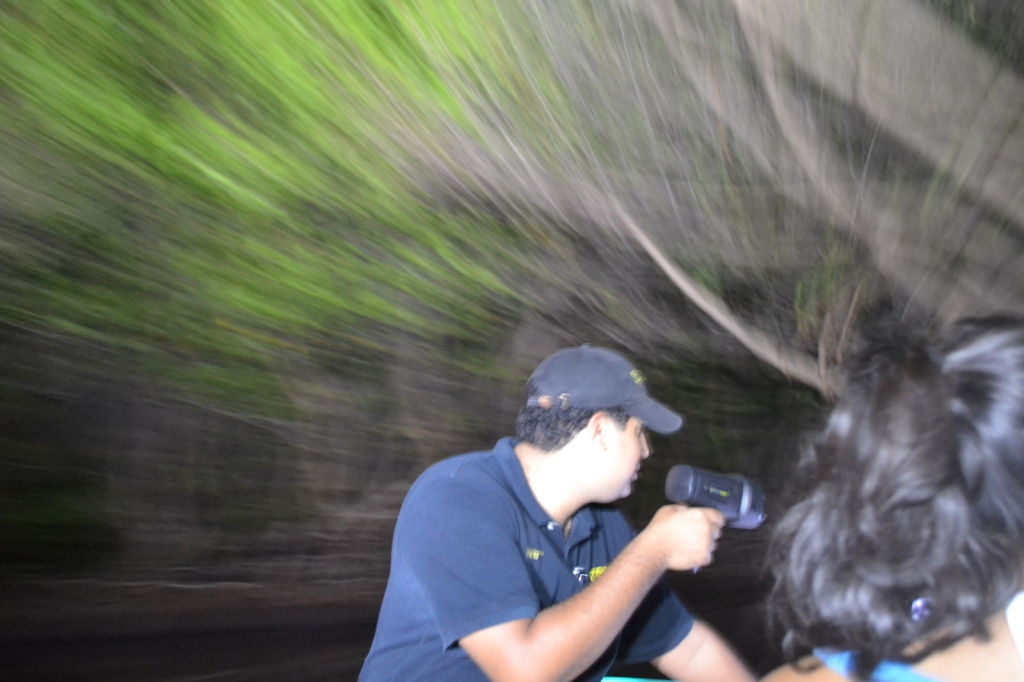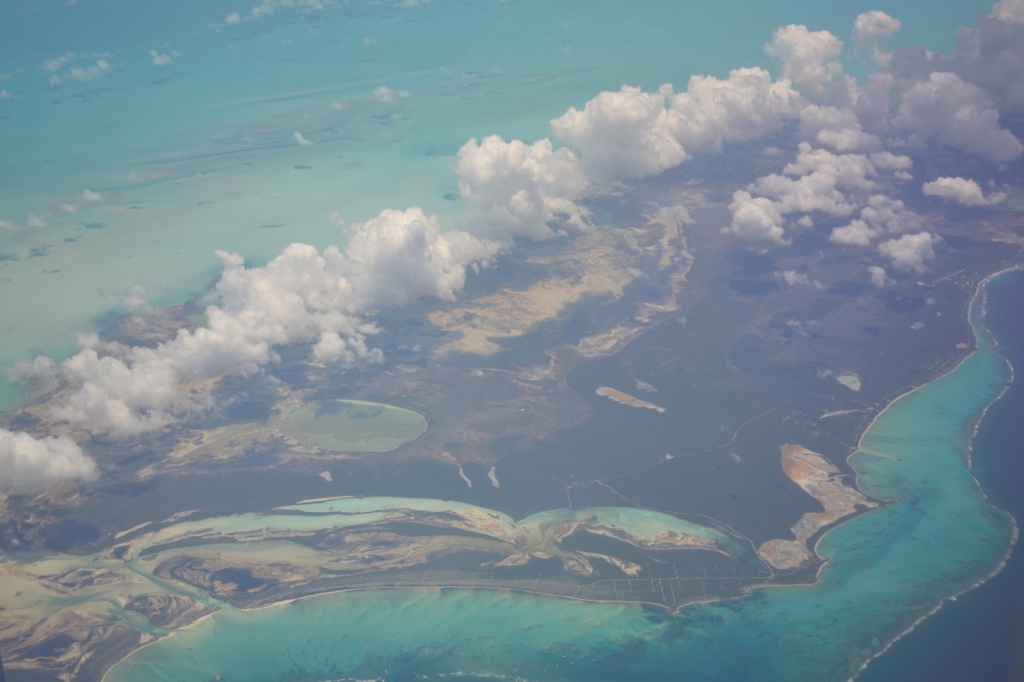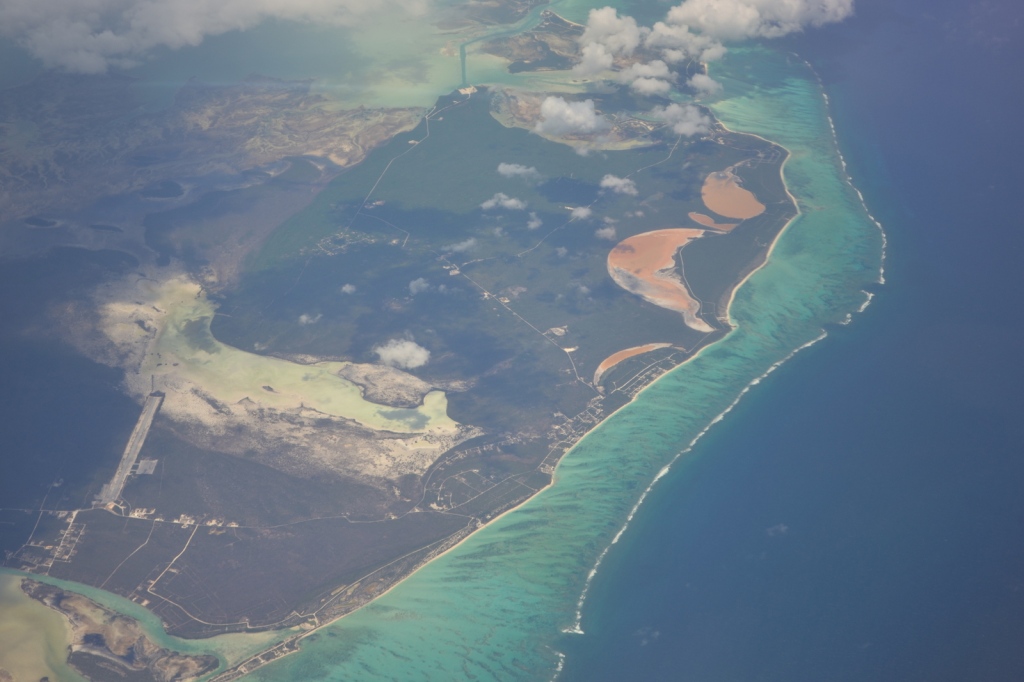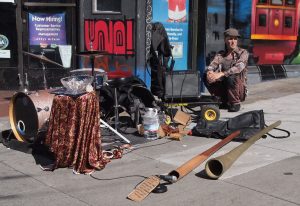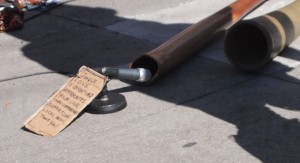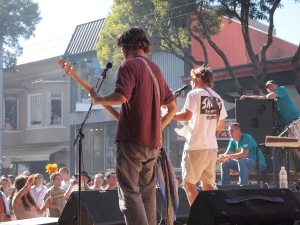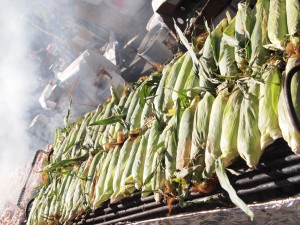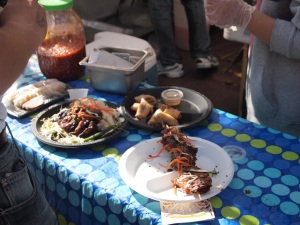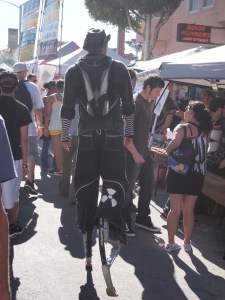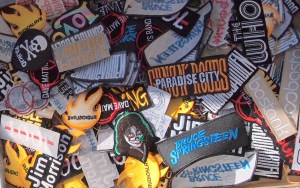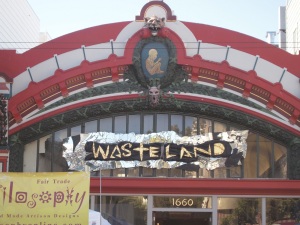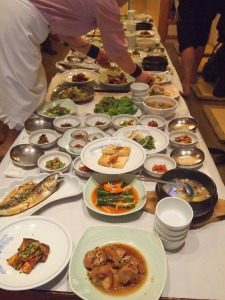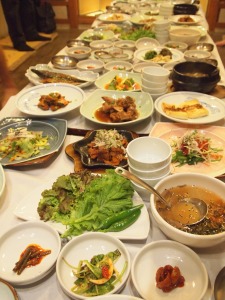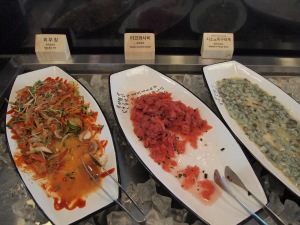The beeping is incessant. Our driver leans on his horn it seems every 20 seconds, though for reasons that are not easily apparent. Except for a few occasionally blocked streets in the main city of Hamilton, traffic flows easily on the 22-mile-long island. “They know my license plate,” says Sydney, our 68-year-old driver and born and bred Bermudian. So when they see him coming, he explains, and beep hello from their passing and ubiquitous motor scooter or taxi van, he of course has to respond. It’s not about being rude, it’s just the nature of a Bermudian.
It may be a stretch to say everyone on the island of 64,000+ knows each other, but it certainly seems so at times. “Good afternoon,” and “how are you,” is heard from everyone entering Art Mel’s Spicy Dicy to-go shop, addressed to all inside, including this first-time visitor and stranger. And it’s the same friendly and cheerful greeting wherever we go.
Speaking of Art Mel’s, the local eatery has become famous for its fried fish sandwiches, stacked Dagwood high and served on thick raisin toast, with a (un)healthy serving of mayo spread throughout. There’s a dilemma with this sandwich. It’s so perfectly delicious, I wanted to eat the whole thing. But it’s so massive I could barely get my mouth around it, and lost steam just over halfway through.
I visited his original Art Mel’s in “back-of-town” Hamilton, which Sydney joked was the ‘hood. Though compared to ‘hoods in the Bahamas and other Caribbean islands, back-of-town looked positively middle class. I guess even the little people are doing well in Bermuda. Speaking of, Bermuda is the number one reinsurer in the world, which means a lot of high finance and foreign capital flows through the island.
The other Art Mel’s is located in St. George’s, the original settlement on the island established by the in 1612 and the oldest continually inhabited English town in the New World. The town is a World Heritage Site with cobblestone streets and buildings dating back to the early 1600s. I visited The Bermuda Perfumery, which makes its own unique and floral fragrances, including a scent from the native Oleander. They also make a scent from the indigenous Bermuda cedar tree, which was used to construct the old buildings and is seen in the exposed roof beams.
One of the most surprising discoveries was on my visit to the Masterworks Museum of Bermuda Art. The small, local museum is set inside a former arrowroot farmstead inside the Bermuda botanical gardens, and houses a lot of interesting local art and artifacts, including a current display of the animation works of Arthur Rankin Jr. who lived in Bermuda. The museum is also amenable to taking visitors to the storage room to show off the works by Georgia O’Keefe and Winslow Homer, who both lived on the island for a time.
The views from here are also amazing. And In general, it’s the views that partly hooked me on Bermuda. The island is 22 miles long and 1.5 miles at its widest, and hilly, so almost everywhere you turn there are spectacular views of lush green and aqua blue waters.
Downtown Hamilton has the feel of a mini city, since it’s really only a couple blocks of stores and office buildings, with all their reinsurance deals taking place. It’s also hq of Gosling’s Rum and bottling center, which is the island’s one distiller. For most of its history, the company has been content to sell its rum locally, and only recently started exporting and promoting it with some vigor. Gosling’s Black Seal is the signature rum, and the main ingredient in Bermuda’s signature drink, the Dark ‘n’ Stormy, which is half ginger beer and half Black Seal poured over it like a dark cloud. But their Old Rum, which is aged like fine Scotch, is the best sipping spirits I’ve ever tasted. It’s actually worth the price tag, I daresay even at $89 a bottle.
All in all, Bermuda struck me as a really friendly place. It seemed everyone I encountered, whether officially or randomly, was in a good mood and cheerful. It’s a very chummy place, and people seem to generally enjoy themselves. I think part of that is a pride in place, as well as a strong sense of community. For most places I go, I think whether I’d want to come back for a vacation. With Bermuda, it had me thinking whether I’d want to come back and live.


